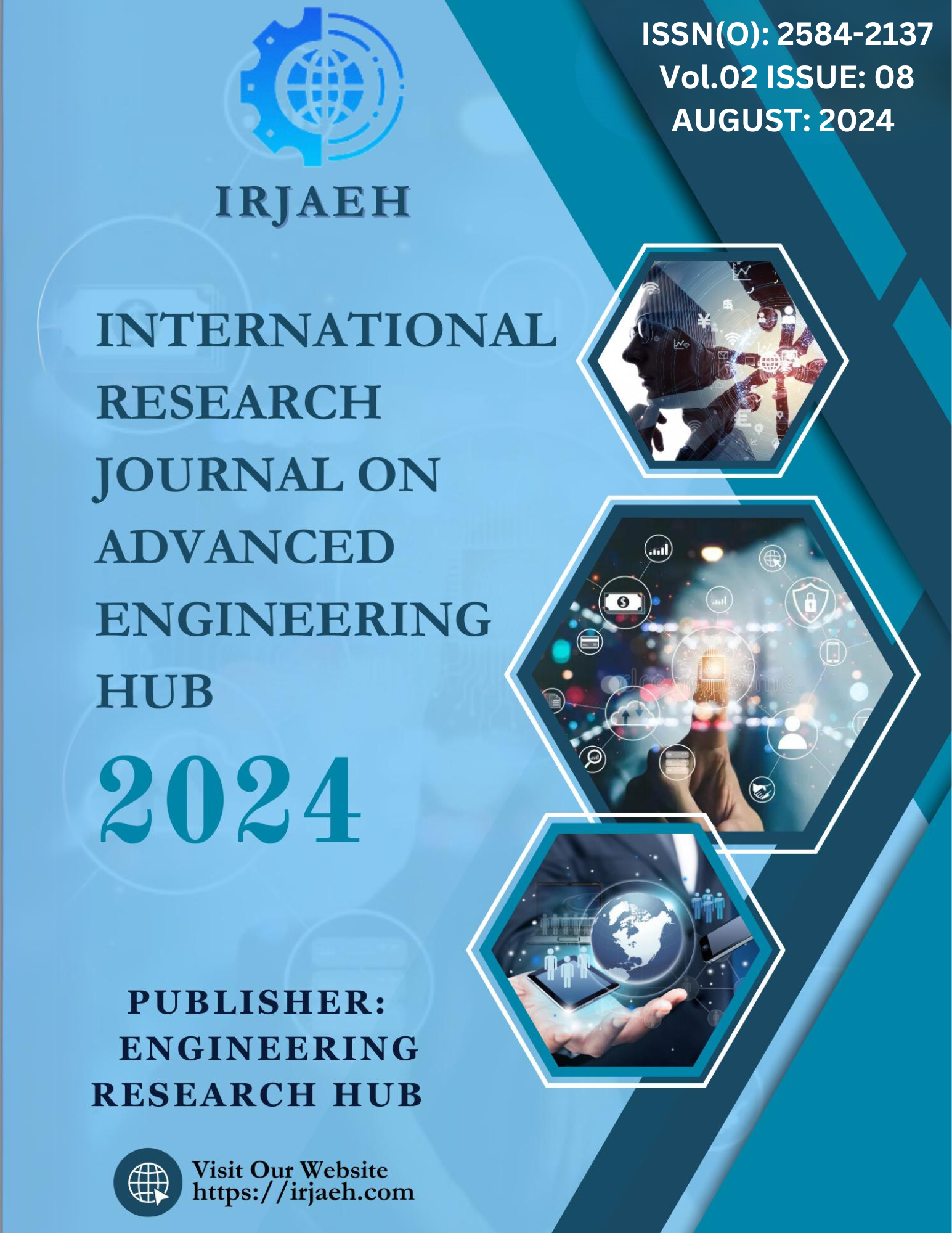Addressing Workplace Harassment and Discrimination: Strategies for Creating Inclusive Environments in Construction Engineering
DOI:
https://doi.org/10.47392/IRJAEH.2024.0300Keywords:
Diverse Leadership Representation, Discrimination, Inclusive Environment Systemic Biases, Unequal Treatment, Hostile Work Environment, Marginalized Groups, Women, Minorities, Organizational Culture, LGPTQ+, Diversity Training Programs, Respect and Accountability, Employee Well-Being, Talent Pipelines, Innovation, Productivity, Reporting Mechanisms, Construction Engineering, Workplace HarassmentAbstract
This research examines the pervasive issues of workplace harassment ad discrimination with the field of construction engineering and proposes strategies to foster inclusive, construction engineering continues to graph with systemic biases, unequal treatment, and hostile work environment. By analyzing current literature, case studies, and industry practices, this study identifies key challenges faced by marginalized groups, including women, minorities, and LGBTQ+ individuals, in the construction engineering sector. Moreover, it explores the detrimental effects of harassment and discrimination on individuals, teams, and organizational culture, emphasizing the importance of addressing these issues proactively. Drawing upon best practices form other industries and empirical evidence, this research offers practical recommendations for crating inclusive workplace in construction engineering, such as implementing comprehensive diversity training programs, establishing transparent reporting mechanisms, promoting diverse leadership representation, and fostering a culture of respect and accountability. By adopting these strategies, construction engineering organization can mitigate the negative impacts of harassment and discrimination, cultivate diverse talent pipelines, enhance employee well-being, and ultimately, drive innovation and productivity in the industry.
Downloads
Downloads
Published
Issue
Section
License
Copyright (c) 2024 International Research Journal on Advanced Engineering Hub (IRJAEH)

This work is licensed under a Creative Commons Attribution-NonCommercial 4.0 International License.

 .
. 